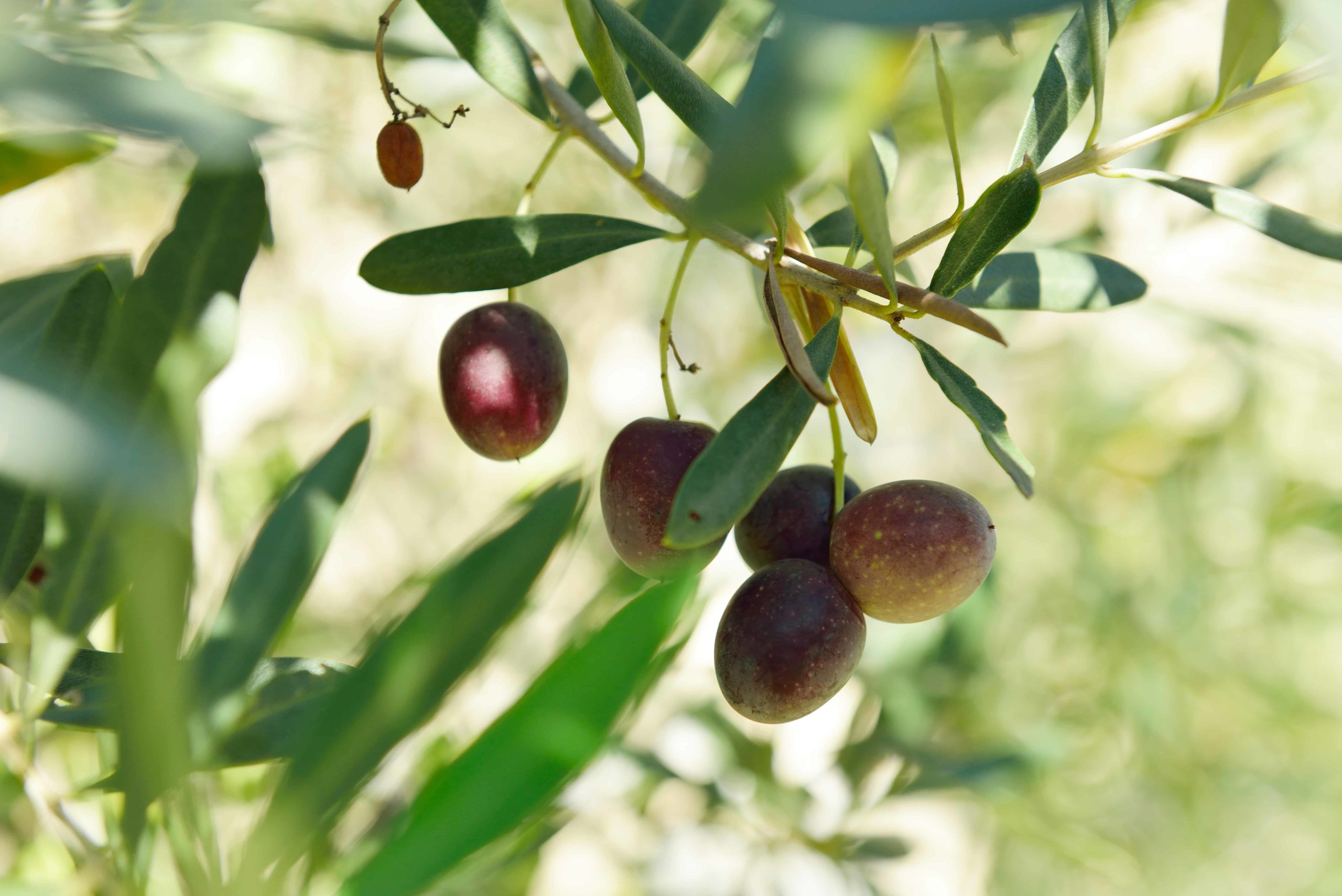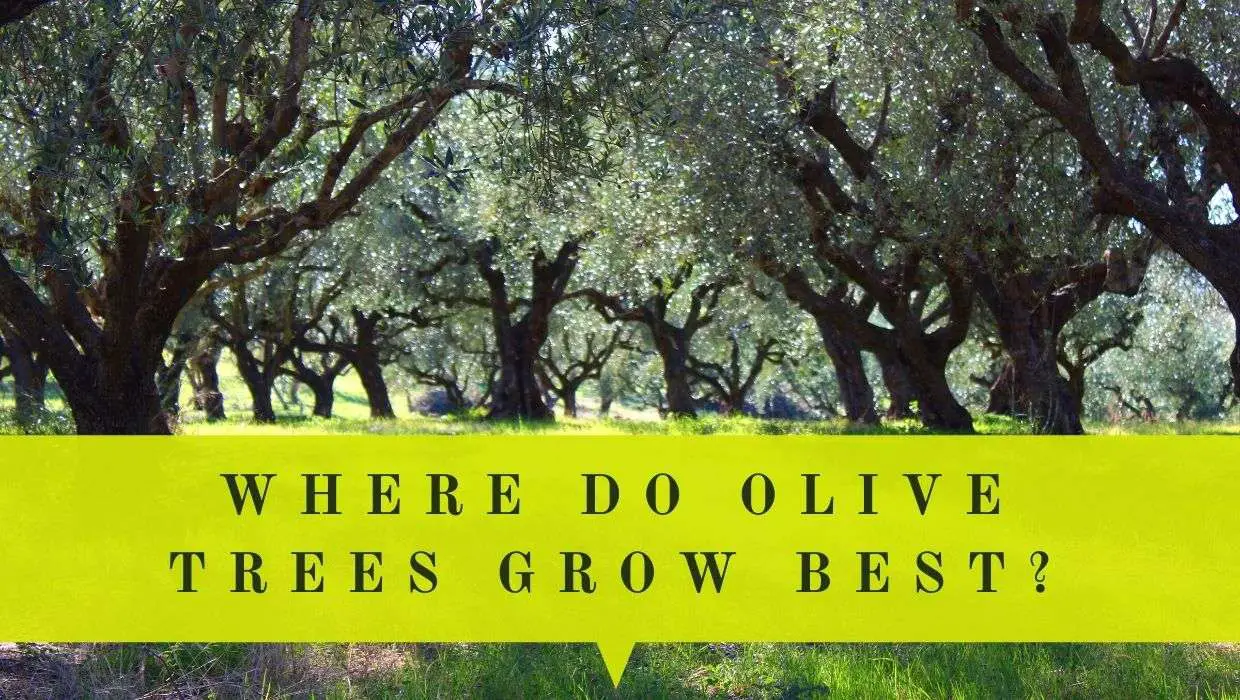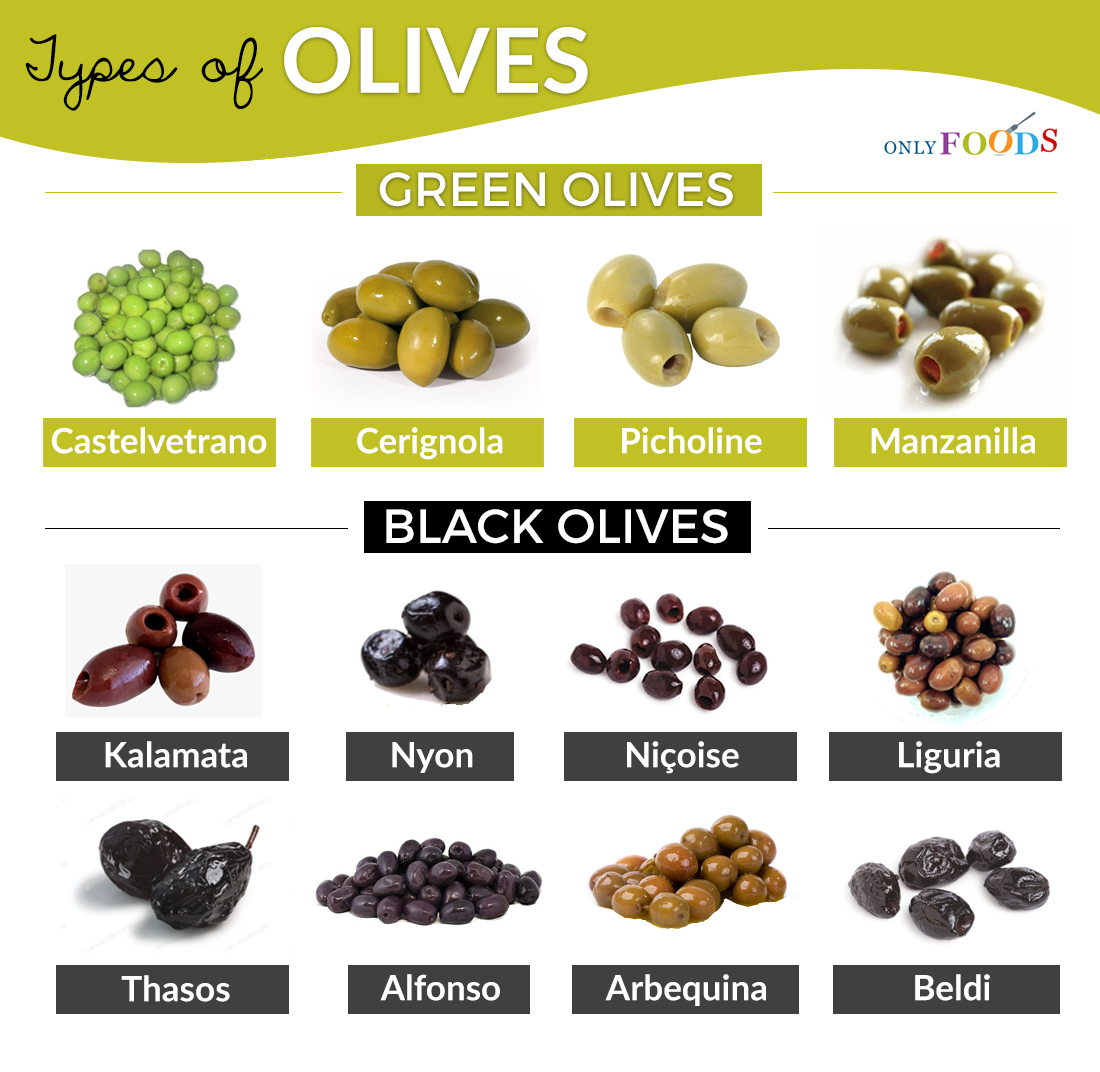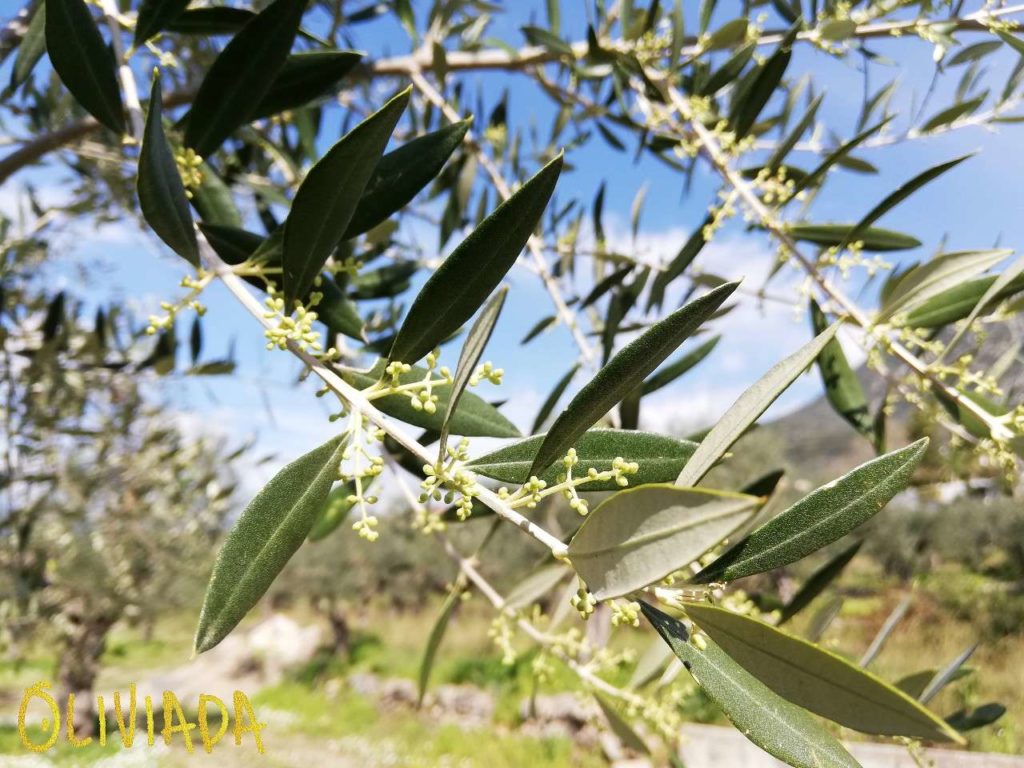The Perfect Conditions for Olive Tree Success
Olive trees are highly sensitive to their environment, and their growth is heavily influenced by climate and soil conditions. To thrive, olive trees require a specific combination of temperature, humidity, and soil type. Understanding these conditions is crucial for growers who want to cultivate healthy and productive olive trees. So, where do olive trees grow best? The answer lies in the ideal combination of these factors.
Ideal temperatures for olive tree growth range from 35°F to 90°F (2°C to 32°C), with average temperatures between 50°F to 70°F (10°C to 21°C) being optimal. Olive trees also require a certain level of humidity, with an annual rainfall of at least 20 inches (500 mm) being necessary for healthy growth. In terms of soil, olive trees prefer well-draining, alkaline soils with a pH between 7 and 8.5.
By understanding these ideal conditions, growers can create an environment that fosters healthy growth and maximizes olive production. Whether it’s in the Mediterranean, California, or Australia, knowing where olive trees grow best is essential for success in the world of olive cultivation.
How to Choose the Right Region for Your Olive Tree
When it comes to growing olive trees, the region you choose can make all the difference. Olive trees thrive in specific climates and conditions, and understanding where they grow best is crucial for success. So, where do olive trees grow best? The answer lies in the top regions around the world that offer the ideal combination of climate, soil, and conditions.
The Mediterranean region is renowned for its olive tree cultivation, with countries such as Spain, Italy, and Greece boasting ideal conditions. The mild winters, warm summers, and well-draining soils of these regions create a perfect environment for olive trees to thrive. California and Australia are also popular regions for olive tree growth, with their mild climates and rich soils providing an ideal setting.
These regions offer a unique combination of factors that make them suitable for olive tree growth. The Mediterranean region’s proximity to the sea provides a moderating influence on the climate, while California’s dry summers and mild winters create an ideal environment for olive trees. Australia’s diverse climate and soil types also make it an attractive region for olive tree cultivation.
The Role of Soil Quality in Olive Tree Growth
Soil quality plays a vital role in olive tree growth, and understanding the ideal soil conditions is essential for optimal growth. Olive trees thrive in well-draining soils with a pH between 7 and 8.5, which allows for efficient nutrient uptake. The ideal soil should also have a good balance of nutrients, including nitrogen, phosphorus, and potassium, to support healthy growth.
In addition to pH and nutrient content, soil drainage is also crucial for olive tree growth. Olive trees are susceptible to root rot and other diseases that thrive in waterlogged soils. Therefore, it’s essential to ensure that the soil drains well to prevent water from accumulating around the roots. This can be achieved through the use of organic matter, such as compost, to improve soil structure and drainage.
When it comes to where do olive trees grow best, soil quality is a critical factor. Regions with poor soil quality may require additional amendments and care to support healthy olive tree growth. On the other hand, regions with ideal soil conditions can provide an optimal environment for olive trees to thrive. By understanding the importance of soil quality, growers can take steps to create an ideal environment for their olive trees, leading to healthier and more productive trees.
Countries with the Best Olive Tree Growing Conditions
When it comes to where do olive trees grow best, certain countries stand out for their ideal climate and soil conditions. Spain, Italy, and Greece are among the top countries for olive tree growth, with specific regions within these countries offering optimal conditions.
In Spain, the regions of Andalusia, Catalonia, and Valencia are renowned for their olive tree cultivation. The mild winters, warm summers, and well-draining soils of these regions create an ideal environment for olive trees to thrive. Italy’s regions of Tuscany, Umbria, and Puglia are also popular for olive tree growth, with their rich soils and mild climate providing an ideal setting.
Greece is another country where olive trees grow best, with the regions of Crete, Peloponnese, and Lesbos offering ideal conditions. The country’s mild climate, rich soils, and extensive coastline create an ideal environment for olive tree cultivation. In each of these countries, the specific regions offer unique advantages that make them suitable for olive tree growth.
Understanding the specific regions within these countries that are ideal for olive tree growth is crucial for growers. By choosing the right region, growers can create an optimal environment for their olive trees, leading to healthier and more productive trees. Whether in Spain, Italy, or Greece, the right region can make all the difference in olive tree growth.
The Impact of Climate Change on Olive Tree Growth
Climate change is having a profound impact on olive tree growth, with rising temperatures, changing precipitation patterns, and increased frequency of extreme weather events affecting the ideal conditions for olive tree cultivation. Where do olive trees grow best is no longer a fixed concept, as the changing climate is altering the suitability of regions for olive tree growth.
Rising temperatures are altering the phenology of olive trees, with earlier blooming and fruiting times becoming more common. This can lead to a mismatch between the trees’ growth cycles and the availability of pollinators, reducing yields and affecting fruit quality. Additionally, warmer temperatures are increasing the spread of pests and diseases, further threatening olive tree health.
Changes in precipitation patterns are also affecting olive tree growth, with droughts becoming more frequent and intense in some regions. This can lead to water stress, reducing tree growth and productivity. On the other hand, increased rainfall in other regions can lead to waterlogged soils, increasing the risk of root rot and other diseases.
The increased frequency of extreme weather events, such as heatwaves, droughts, and floods, is also affecting olive tree growth. These events can cause significant damage to trees, reducing yields and affecting fruit quality. Furthermore, the increased frequency of extreme weather events is making it more challenging to predict and prepare for the ideal conditions for olive tree growth.
Understanding the impact of climate change on olive tree growth is crucial for growers, as it allows them to adapt their cultivation practices to the changing climate. By selecting olive tree varieties that are more resilient to changing climate conditions, implementing irrigation and drainage systems, and adopting integrated pest management strategies, growers can help mitigate the effects of climate change on olive tree growth.
Microclimates: Creating an Ideal Environment for Olive Trees
While olive trees can thrive in a variety of climates, creating a microclimate can provide an ideal environment for optimal growth. A microclimate is a small, localized area with unique climate conditions that can be tailored to meet the specific needs of olive trees. By creating a microclimate, growers can overcome regional limitations and provide their olive trees with the perfect conditions for growth.
One way to create a microclimate is through the use of windbreaks. Windbreaks can protect olive trees from harsh winds, reducing transpiration and preventing damage to the trees. They can also help to retain heat and moisture, creating a more stable climate for growth. In regions where wind is a significant factor, windbreaks can be a crucial component of a microclimate.
Irrigation is another key component of a microclimate. By providing olive trees with a consistent supply of water, growers can ensure that their trees receive the necessary moisture for growth. Irrigation can also help to regulate soil temperature, reducing stress on the trees and promoting healthy growth.
Shading is another technique used to create a microclimate. By providing shade for olive trees, growers can reduce soil temperature, retain moisture, and prevent damage from intense sunlight. Shading can be particularly useful in regions with high temperatures, where olive trees may be susceptible to heat stress.
By combining these techniques, growers can create a microclimate that provides olive trees with the ideal conditions for growth. Whether in regions where olive trees grow best, such as the Mediterranean, or in areas with more challenging climates, microclimates can help to overcome regional limitations and promote healthy, productive olive trees.
Olive Tree Varieties: Which Ones Thrive in Different Climates?
When it comes to growing olive trees, selecting the right variety is crucial for success. Different olive tree varieties are better suited to different climates, and understanding their unique characteristics can help growers choose the best variety for their region. Where do olive trees grow best? The answer lies in the specific variety and its adaptability to the local climate.
One of the most popular olive tree varieties is Arbequina, which thrives in warm and dry climates. This variety is well-suited to regions with low rainfall and high temperatures, making it an ideal choice for growers in countries such as Spain and Italy.
Koroneiki is another popular variety that excels in cooler and more humid climates. This variety is well-suited to regions with mild winters and cool summers, making it an ideal choice for growers in countries such as Greece and Australia.
Frantoio is a popular variety that grows well in a wide range of climates. This variety is known for its high yields and adaptability to different soil types, making it an ideal choice for growers in regions with varying climate conditions.
In addition to these popular varieties, there are many other olive tree varieties that are well-suited to specific climates. For example, the Picual variety thrives in hot and dry climates, while the Kalamata variety excels in cooler and more humid climates.
When selecting an olive tree variety, growers should consider the local climate, soil type, and desired yield. By choosing a variety that is well-suited to the local conditions, growers can ensure optimal growth and productivity. Whether you’re growing olive trees in the Mediterranean, California, or Australia, selecting the right variety is key to success.
Conclusion: Finding the Perfect Spot for Your Olive Tree
In conclusion, finding the perfect spot for your olive tree requires careful consideration of climate, soil, and region. By understanding the ideal conditions for olive tree growth, including temperature, humidity, and soil type, growers can increase their chances of success. Where do olive trees grow best? The answer lies in regions with mild winters, warm summers, and well-draining soil, such as the Mediterranean, California, and Australia.
When selecting a region, growers should consider the specific climate and soil conditions, as well as the suitability of different olive tree varieties. By choosing the right variety for the local climate, growers can ensure optimal growth and productivity. Additionally, creating a microclimate through the use of windbreaks, irrigation, and shading can provide an ideal environment for olive trees to thrive.
As climate change continues to impact olive tree growth, it’s essential for growers to be aware of the potential effects and take steps to mitigate them. By understanding the impact of rising temperatures, changing precipitation patterns, and increased frequency of extreme weather events, growers can adapt their cultivation practices to ensure the long-term health and productivity of their olive trees.
Ultimately, finding the perfect spot for your olive tree requires a combination of knowledge, planning, and attention to detail. By considering the key factors discussed in this article, growers can increase their chances of success and enjoy a bountiful harvest of delicious and healthy olives.








